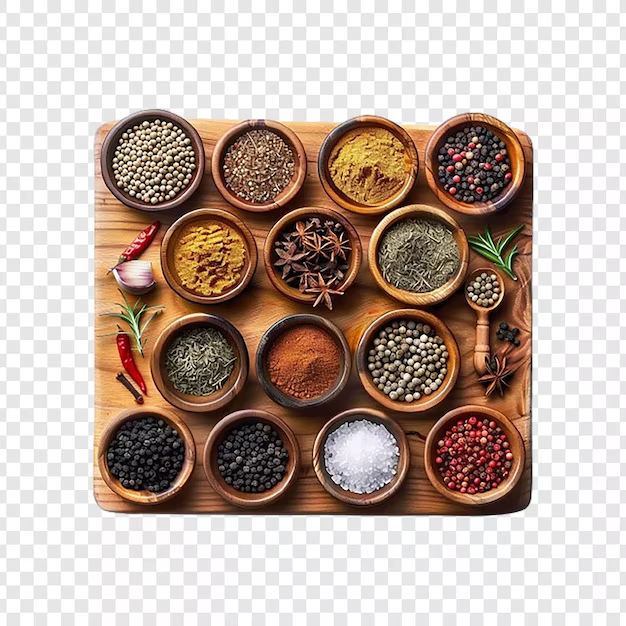The Essential Role of Spices in Culinary Culture
Imagine savoring a rich shahi qorma or a flavorful daal without the aromatic embrace of spices like garam masala or mirch baghaar. It’s difficult to picture South Asian cuisine devoid of the unique flavors that spices provide, as they are integral to defining cultural identities and culinary traditions.
Cultural Significance of Spices
For centuries, the right blend of spices has shaped the culinary landscape of nations, giving their cuisines distinct flavors and styles. In South Asia, the use of mixed spices, particularly garam masala, is foundational in curries and rice dishes. The region’s culinary philosophy embraces “hot and spicy” as synonymous with good eating, where the pleasure derived from well-seasoned meals highlights the importance of spices in enhancing the dining experience.The Mughal emperors were instrumental in popularizing the use of spices in Indian cooking. Spices like those found in garam masala were once rare and costly, traded from regions like Iran and Turkey. Mughal kitchens, under the reigns of Jahangir and Shah Jahan, crafted extravagant dishes that prioritized both health and flavor, with biryani emerging as one of the most celebrated creations of this era.
Composition and Health Benefits of Garam Masala
Garam masala is a complex blend of spices, often comprising twelve or more ingredients. Key components include:
- Nutmeg (Jaifal): This aromatic seed tenderizes meat and aids digestion, contributing a sweet, nutty flavor to both savory and sweet dishes.
- Cardamom (Ilaichi): Available in green and black varieties, cardamom enhances the flavor of both meat and desserts while promoting digestion and metabolism.
- Cloves (Laung): Used whole or ground, cloves serve as a natural anesthetic, alleviating sore throats and digestive issues, while also providing muscle pain relief.
- Cinnamon: Known for its historical use in treating digestive ailments, cinnamon helps regulate blood sugar levels and is a key ingredient in many spice blends.
- Bay Leaf: This herb is essential for adding flavor and aroma to stews and curries.
- Peppercorns: Often dubbed the “King of Spices,” black pepper stimulates digestion and has various health benefits.
- Saffron: Valued for its flavor and medicinal properties, saffron is included for its ability to relieve congestion.
While modern convenience has led to pre-packaged garam masala available in supermarkets, these products often lack the freshness and health benefits of traditionally ground spices. Many commercial blends contain additives and preservatives that can diminish their nutritional value.
Conclusion
Spices have long been a cornerstone of South Asian cuisine, enriching dishes with flavor and cultural significance. The historical journey of spices, from their ancient origins to their role in contemporary cooking, underscores their importance not only in culinary practices but also in health and wellness. Embracing the use of fresh, high-quality spices can transform meals into vibrant culinary experiences, preserving the rich heritage of South Asian cuisine.







